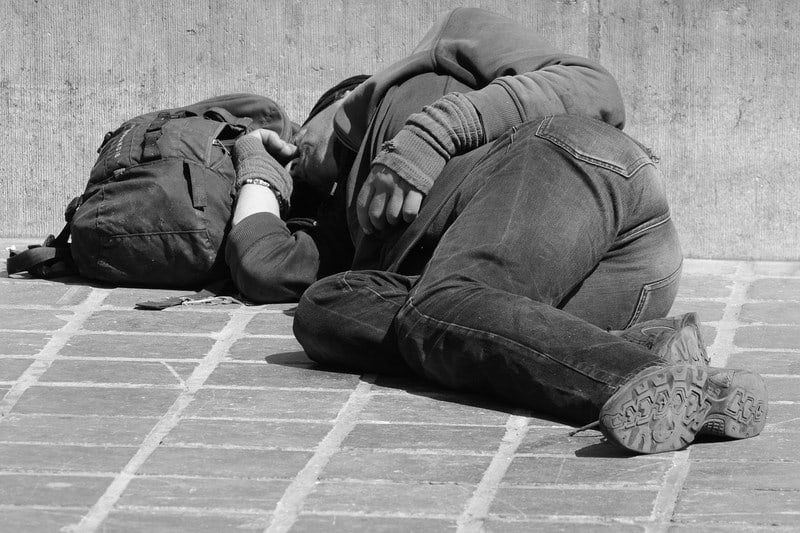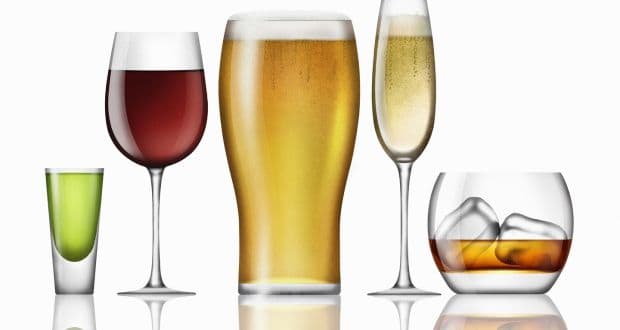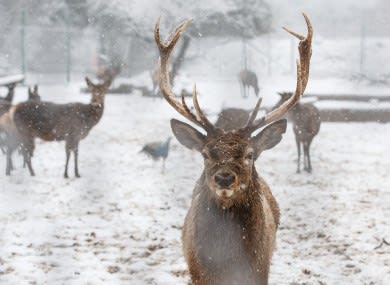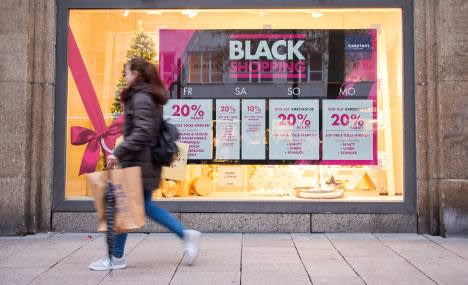2017年11月30日(Thu.) 明日は、もう12月。 目に飛び込んでくる景色も、冬が近づいていることを教えてくれているようです。
さて、アイルランドでは野宿する人の死亡例が問題視されているようです。 ( ニュースソース: The Liberal.ie 11月29日発 )
<原文の一部>
Seven deaths in 12 weeks: Officials plead with Government to house everyone sleeping rough without further delay
12週間で7人が死亡: 当局者は政府に対し、野宿する全ての人に、これ以上遅滞することなく、収容することを嘆願しています。

Seven people have died in the country’s streets over the last 12 weeks, and many more are bound to perish this winter under the eaves of this uncaring Government.
Up to 184 were counted as sleeping rough in Dublin alone as of November 7 this year, an all-time high.
Charities are now once again pleading with the Government to do something to prevent further deaths.
On hearing about the latest incident, Housing Minister Eoghan Murphy ‘offered his sympathies’.
(抜粋)過去12週間で、7人が路上で死んでいます。 そして、思いやりのない政府の軒先の下で、この冬に向って、さらに多くの人が死ぬことでしょう。 今年(2017年)の11月7日、ダブリン(注: 首都)で野宿をする人は最大で184人になっていて、史上空前の高いレベルになっています。
慈善団体は政府に対し、これ以上の死亡を避けるために何らかの対策を講じるように、再び嘆願しています。 最新の事故情報を確認して、住宅関連担当大臣は共感を示しています。
***
アイルランドの経済的事情などについて詳しくはわかりませんが、格差が広がっているのか、それとも縮まっていないのか。 歴史的な背景もあって、一朝一夕に解決できないのかも知れません。
パトリック・ピアース(1916年 イースター蜂起)や、その後のマイケル・コリンズなどの戦いが、今も続いているのでしょうか。 アイルランド共和国、北アイルランド(UK)問題に加え、今や Brexit 問題もありますので、複雑・・・です。
”マイケル・コリンズ(題名)”を題材にした映画も制作されていますので、アイルランドに関心のある方にはお薦めします。
*** 下の写真は、記事内容とは関係ありません。

***
さて、アイルランドでは野宿する人の死亡例が問題視されているようです。 ( ニュースソース: The Liberal.ie 11月29日発 )
<原文の一部>
Seven deaths in 12 weeks: Officials plead with Government to house everyone sleeping rough without further delay
12週間で7人が死亡: 当局者は政府に対し、野宿する全ての人に、これ以上遅滞することなく、収容することを嘆願しています。

Seven people have died in the country’s streets over the last 12 weeks, and many more are bound to perish this winter under the eaves of this uncaring Government.
Up to 184 were counted as sleeping rough in Dublin alone as of November 7 this year, an all-time high.
Charities are now once again pleading with the Government to do something to prevent further deaths.
On hearing about the latest incident, Housing Minister Eoghan Murphy ‘offered his sympathies’.
(抜粋)過去12週間で、7人が路上で死んでいます。 そして、思いやりのない政府の軒先の下で、この冬に向って、さらに多くの人が死ぬことでしょう。 今年(2017年)の11月7日、ダブリン(注: 首都)で野宿をする人は最大で184人になっていて、史上空前の高いレベルになっています。
慈善団体は政府に対し、これ以上の死亡を避けるために何らかの対策を講じるように、再び嘆願しています。 最新の事故情報を確認して、住宅関連担当大臣は共感を示しています。
***
アイルランドの経済的事情などについて詳しくはわかりませんが、格差が広がっているのか、それとも縮まっていないのか。 歴史的な背景もあって、一朝一夕に解決できないのかも知れません。
パトリック・ピアース(1916年 イースター蜂起)や、その後のマイケル・コリンズなどの戦いが、今も続いているのでしょうか。 アイルランド共和国、北アイルランド(UK)問題に加え、今や Brexit 問題もありますので、複雑・・・です。
”マイケル・コリンズ(題名)”を題材にした映画も制作されていますので、アイルランドに関心のある方にはお薦めします。
*** 下の写真は、記事内容とは関係ありません。

***




















